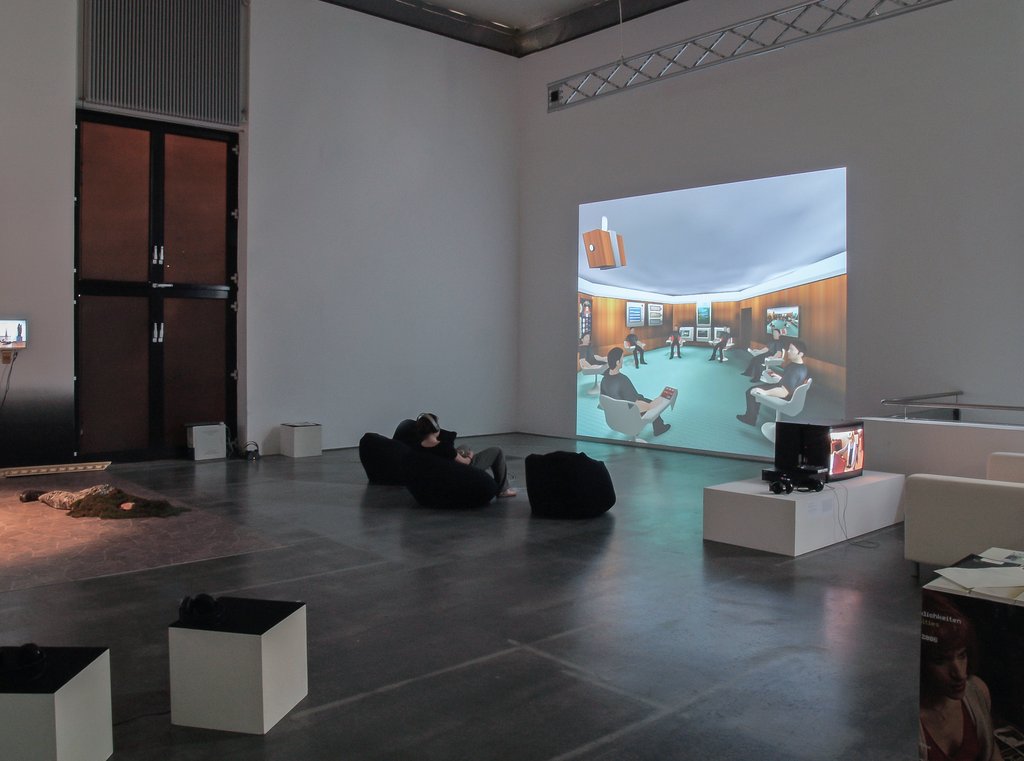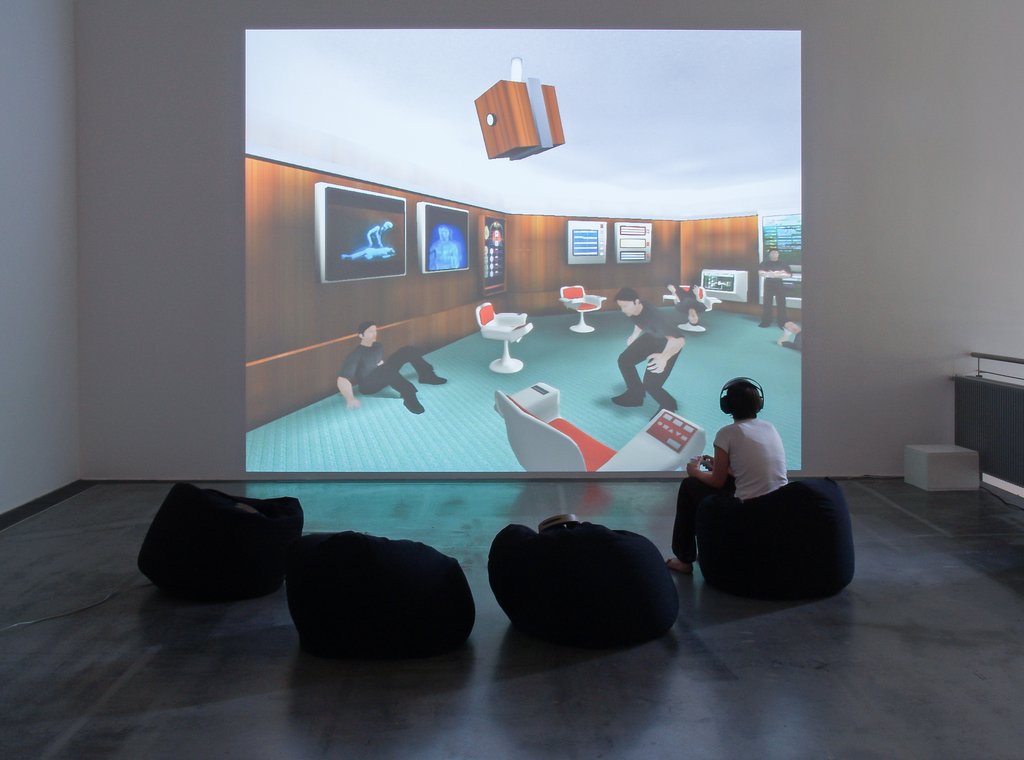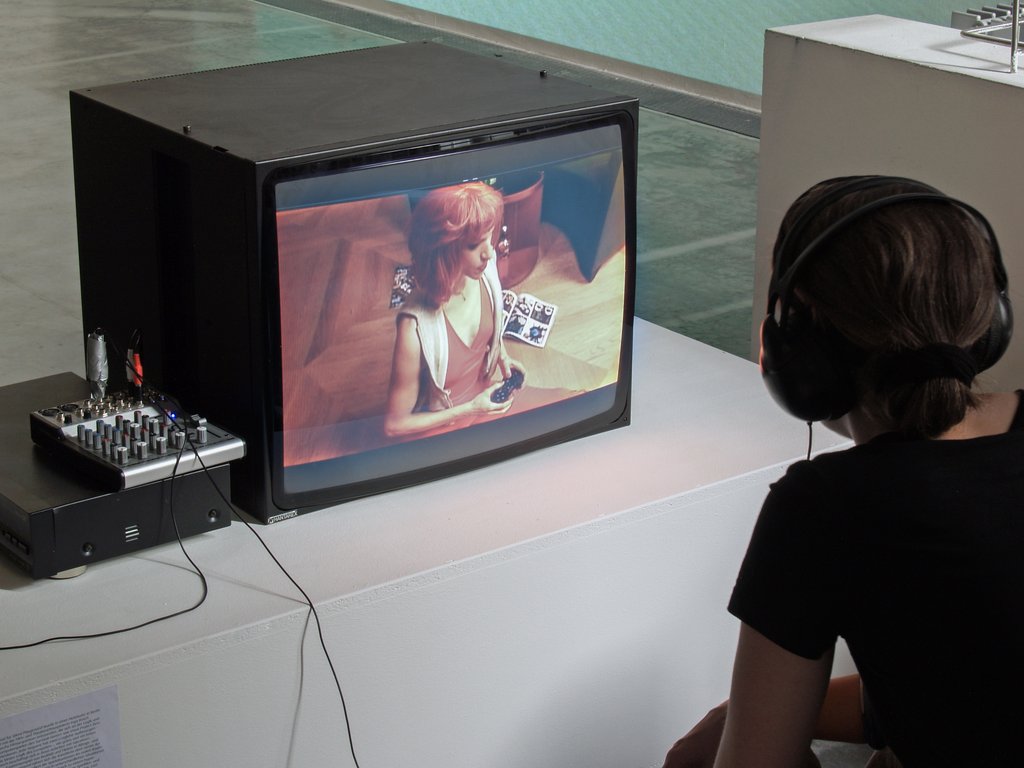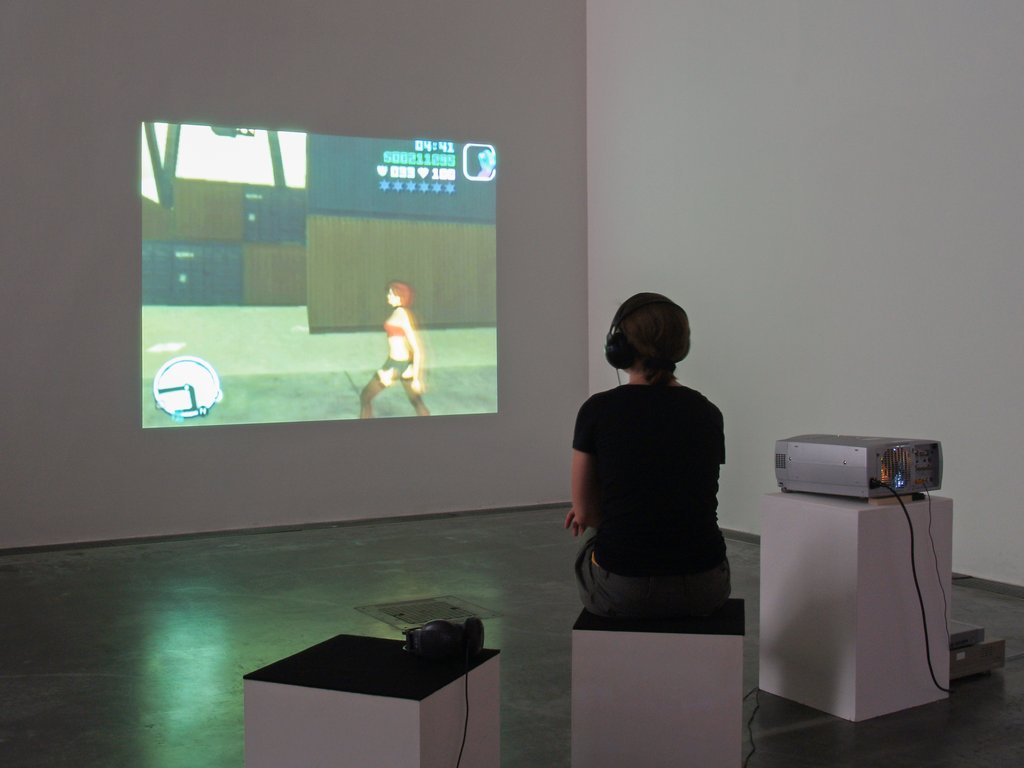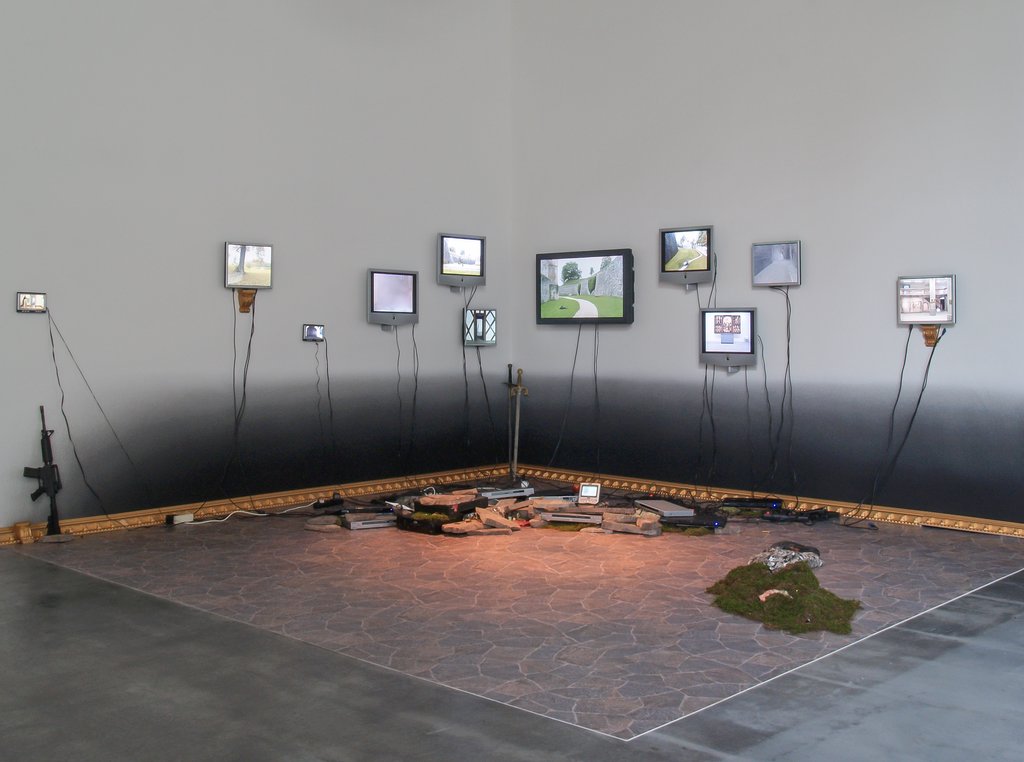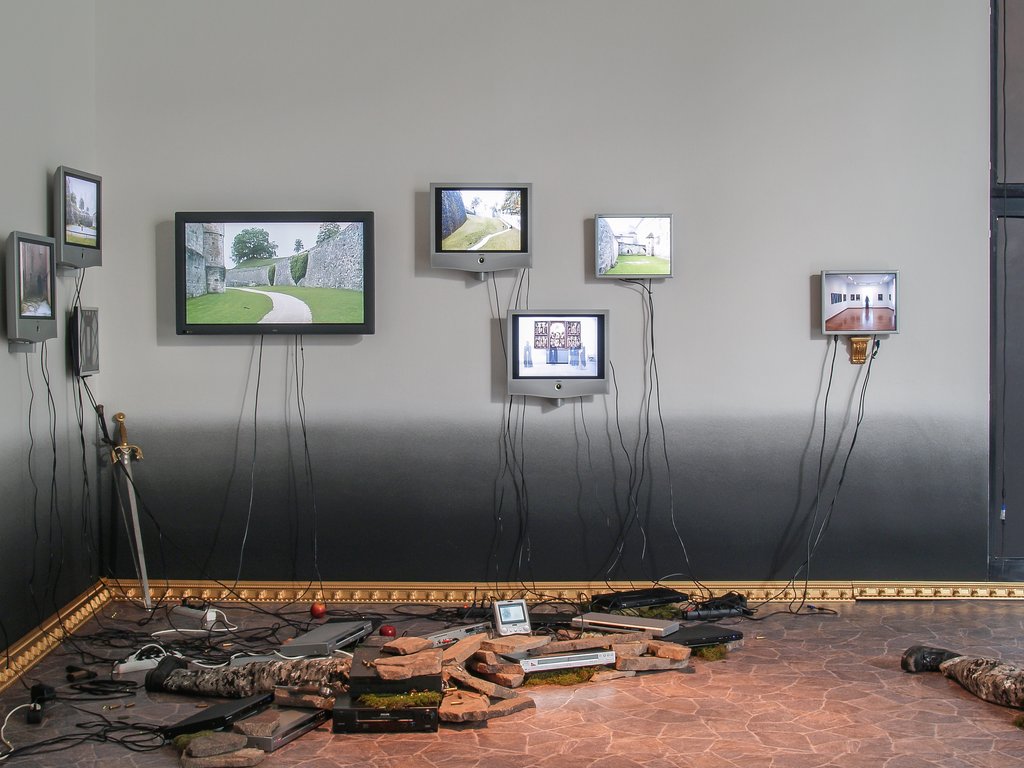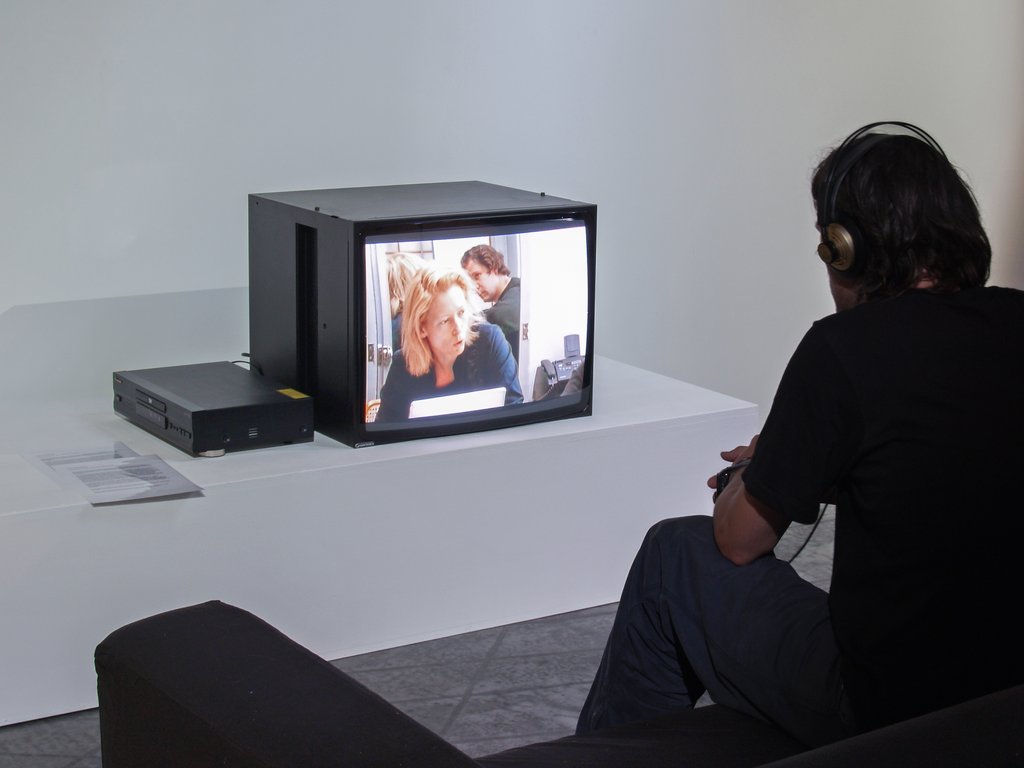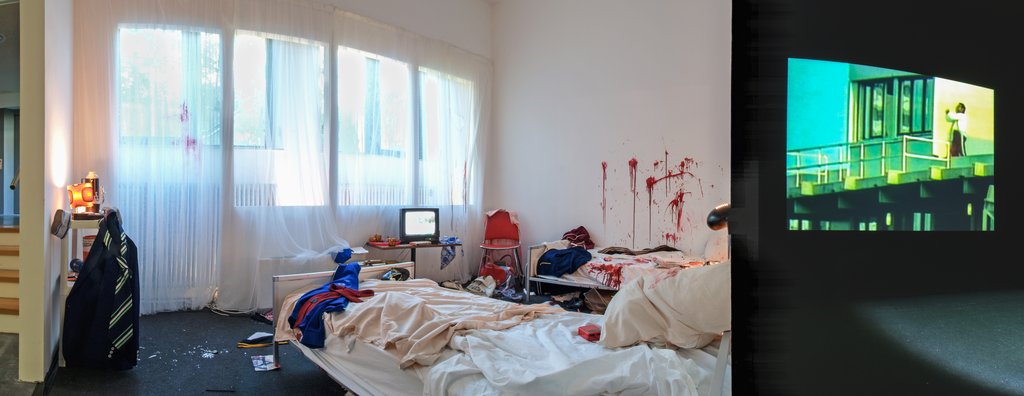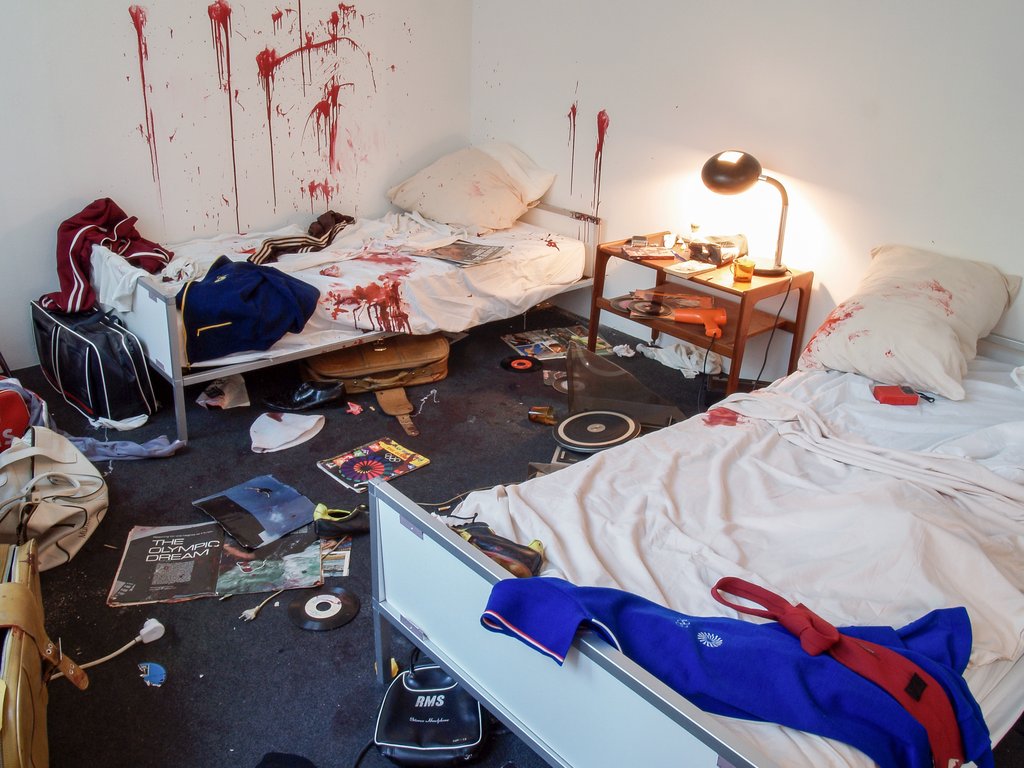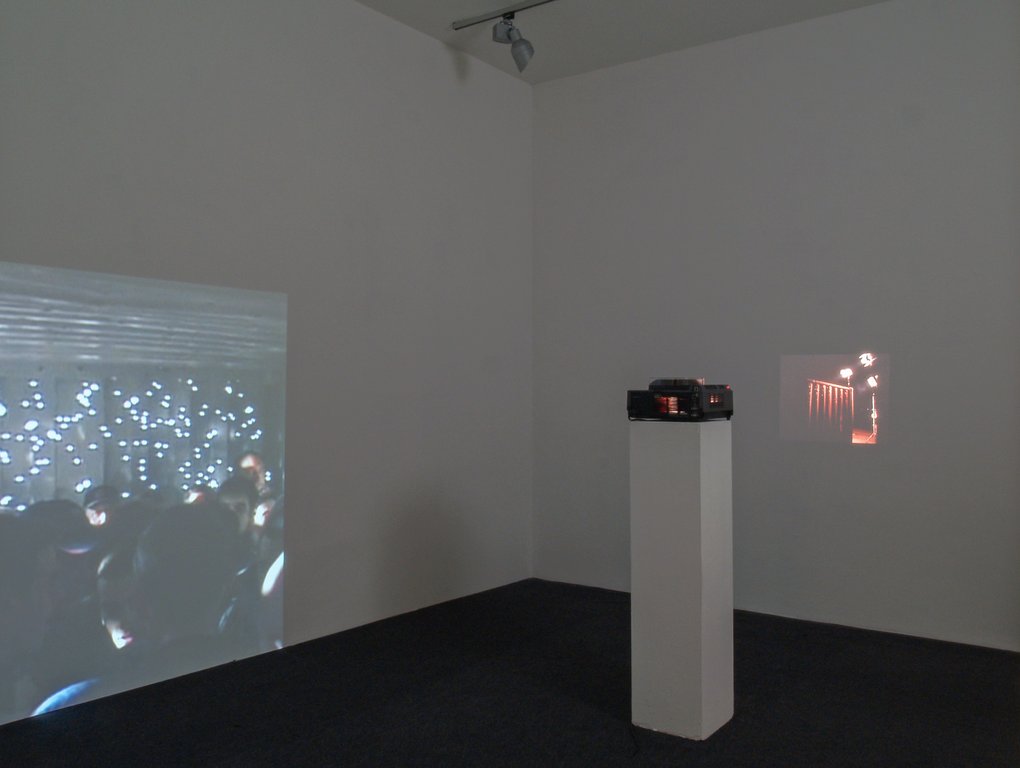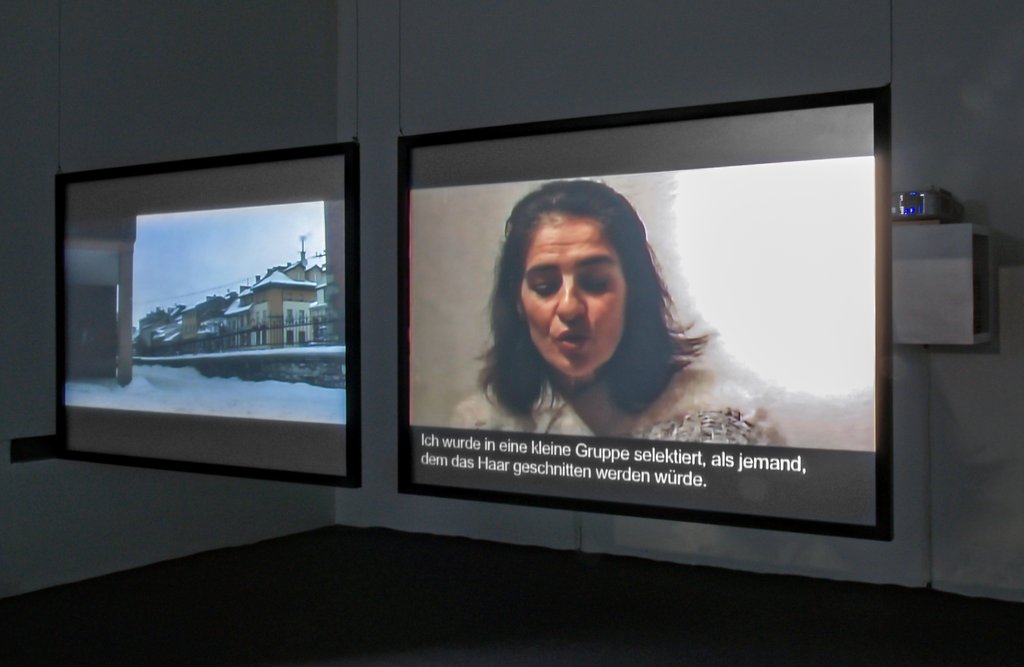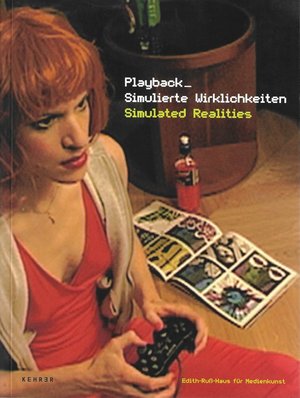Playback_Simulated Realities
Public interest in elaborately staged history spectaculars which are supposed to bring the past to life as realistically as possible by virtue of faithful adherence to detail continues to grow apace.
The form used for re-enacting political events and milestones of world history is also increasingly shaping approaches to art. Forms of 're-enactment' and simulation occur above all in the context of the new technologies.
They are found in all areas of life and pervade contemporary culture. Hollywood films such as The Matrix, which expose a world that looks real as a computer simulation or computer games such as The Sims, which create virtual scenarios emulating the real world, are indicative of this trend.
The exhibition "Playback” investigates the influence and impact re-enactments and simulations have on society. It raises questions about the function of the digital substitute worlds developed in computer games in satisfying viewers' needs. It discusses the yearnings for authentic experience which are also addressed in reconstructions of past eras.
In a 'society of spectacle', which only values reproduction, it raises the question of whether we can still trust our own experiences and memories and, if so, to what extent. What changes take place when historic events are retold?
The works shown in the exhibition examine in reconstructions and stagings how experiences and memories are at once individually experienced and culturally construed.
"The Eternal Frame”, a video by the Ant Farm group, is a critical commentary on the version of the assassination of John F. Kennedy disseminated by the mass media that has engraved itself on our collective memory.
Christoph Draeger's "Black September” restages the terrorist attack that claimed eleven victims at the 1972 Munich Olympic Games; fact and fiction, past and present are so intricately interwoven that the boundaries between documentary and real experience are blurred.
In his video "Spielberg's List”, Omer Fast deals with the construction of, and response to, the past, describing the casting process and what the cast of the Holocaust film "Schindler's List” by Stephen Spielberg experienced in making the film. "Return to Veste Rosenberg” by Beate Geissler and Oliver Sann plunges viewers into a computer game that has become reality.
Pictures of soldiery deployed in a medieval fortress alternate with fairy-tale shots of enigmatically phantasmagoric figures from a different time.
In her documentary feature film "Strange Culture”, Lynn Hershman relates the dramatic events which changed the life of artist Steve Kurtz when the FBI, after the tragic death of his wife, suspected his art as an act of eco-terrorism.
In the video "Vietnam Romance”, Eddo Stern investigates the influence of mass-media images on public perceptions of wars and shows images from computer games that recreate the representation of the Vietnam War in Hollywood films.
In the computer installation "Ops Room” by Felix Stephan Huber, the player is caught up in the simulation of an historic place. What is staged is the celebrated control room realised in Santiago de Chile by the cyberneticists Stafford Beer and Fernando Flores in 1972, which was intended to be used as an instrument for computer-controlling the interventionist socialist economy under Salvador Allende.
In "Container”, Milica Tomic has succeeded in creating a memorable link between questions of identity and memory, personal and political history. Dependencies and power politics experienced by members of a capitalist society are subjected to radical criticism in this video and slide show, in which she refers to the issue of human beings as wares.
In "Silent Playground”, Susanne Weirich stages six film sequences, which borrow the logic and setting of computer games. Matching the binary strategy of such games, each filmic sequence has a good and a bad ending.
Artists:
Ant Farm und T. R. Uthco, Christoph Draeger, Omer Fast, Beate Geissler / Oliver Sann, Lynn Hershman, Felix Stephan Huber, Eddo Stern, Milica Tomic, Susanne Weirich

